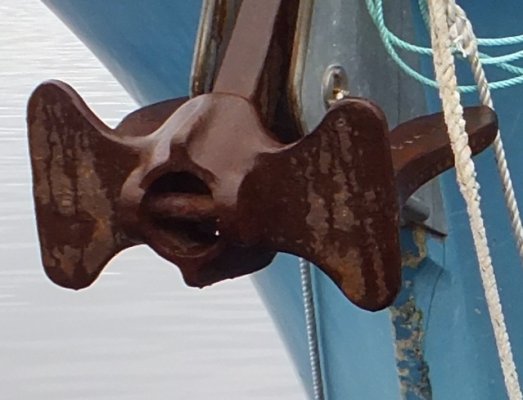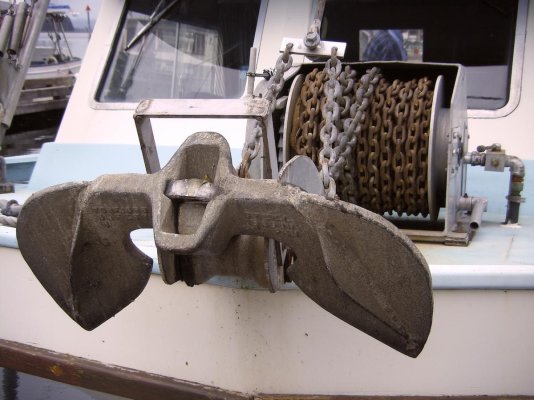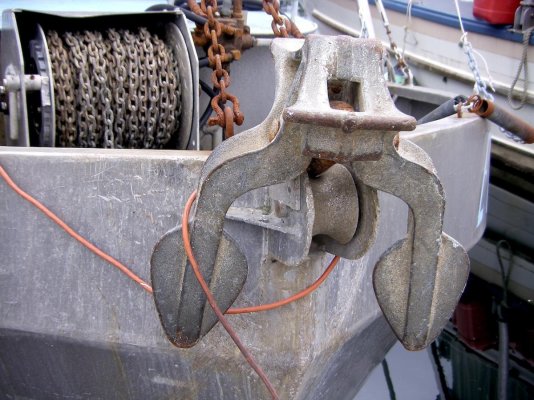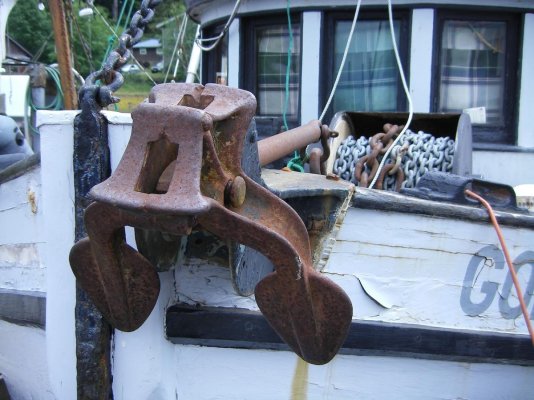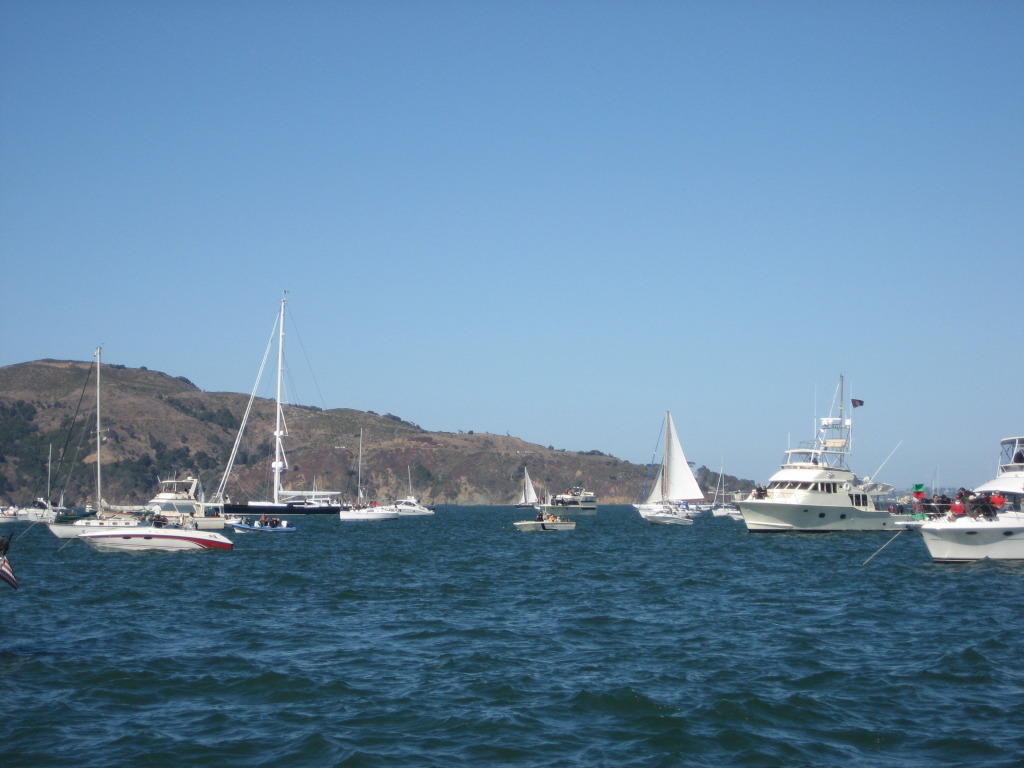buzzard
Member
Reply to: Do you live on anchor year round?
We have lived on our boat since 1983. Nearly all that time was in
Alaska and there are almost no places in SE Alaska where we haven't
hung our anchor.
We consider all the time we are on a dock to be wasted time. Most often when that occurs we are maintaining the boat or for personal health.
We have seen astonishingly fierce storms and always striven to never
see another. The weather reports some years ago were not very accurate but have dramatically improved since. Our horrible weather experiences have become less frequent as a result.
That being said, I haven't been trying to sell anyone on my anchor system. Rather, I had thought that this forum was looking for the experiences of others to help all have a better perspective of anchoring in general.
I am quite satisfied with my anchoring but realize others might not find it appropriate for themselves. buzzard
We have lived on our boat since 1983. Nearly all that time was in
Alaska and there are almost no places in SE Alaska where we haven't
hung our anchor.
We consider all the time we are on a dock to be wasted time. Most often when that occurs we are maintaining the boat or for personal health.
We have seen astonishingly fierce storms and always striven to never
see another. The weather reports some years ago were not very accurate but have dramatically improved since. Our horrible weather experiences have become less frequent as a result.
That being said, I haven't been trying to sell anyone on my anchor system. Rather, I had thought that this forum was looking for the experiences of others to help all have a better perspective of anchoring in general.
I am quite satisfied with my anchoring but realize others might not find it appropriate for themselves. buzzard


 and being 58 ft we usually have to anchor in 50+ ft as the shallow more protect anchorage are taken. If the windless could handle a 100+ lb anchor and all chain we would have one, but I do not want to over strain the windless as a new one cost 2 to 3 grand. If I was to replace the windless it would be with a hydraulic drum like most commercial have.
and being 58 ft we usually have to anchor in 50+ ft as the shallow more protect anchorage are taken. If the windless could handle a 100+ lb anchor and all chain we would have one, but I do not want to over strain the windless as a new one cost 2 to 3 grand. If I was to replace the windless it would be with a hydraulic drum like most commercial have.


